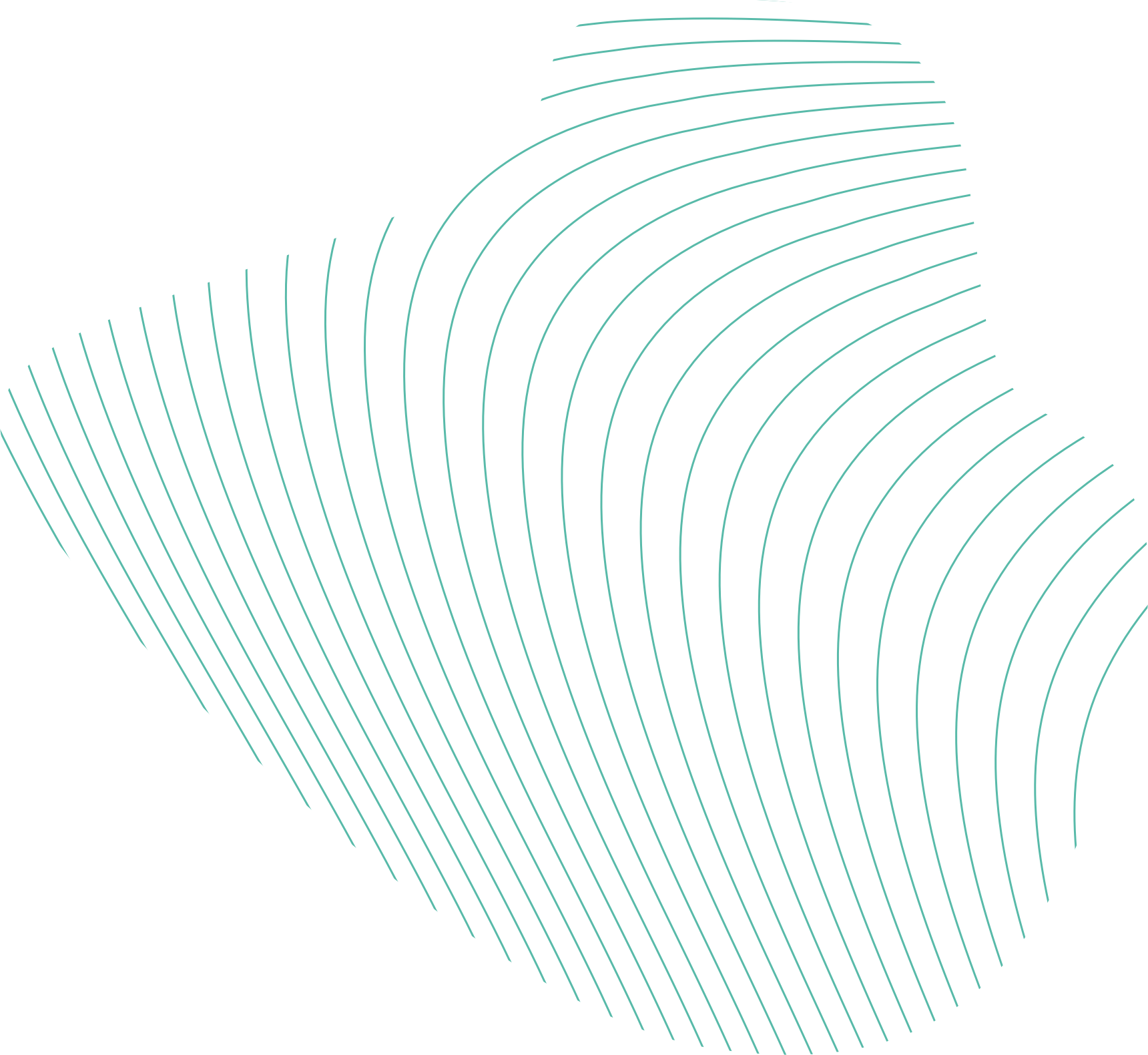


| Power plant location | Grevenbroich-Neurath, North Rhine-Westphalia |
| Power plant type | Lignite-fired power plant with 2 active units |
| Commissioned in | 2012 |
| Electrical output (net) | 2,200 MW |
| Units | F and G (BoA 2 & 3, each 1,100 MW) |
It started with briquettes
Grevenbroich's district of Neurath looks back on a long energy tradition: after all, the first lignite deposit of the northern mining area was discovered nearby. That was in 1858. Over decades, the lignite was mined in opencast operations and upgraded in two neighbouring briquette factories. These operations have long since given way to high-quality recultivation.
RWE implements coal phase-out
Despite this mining tradition, Neurath is relatively young compared with the other Rhenish power plants: the first power station unit there did not go on stream until 1972. By 1976, a total of three 300-MW units and two 600-MW units had been commissioned. Between the end of 2021 and April 2024, all of them were decommissioned in accordance with Germany’s Federal Coal Phase-out Act.
Most modern power plant of its type
The plant's units F and G, which have been active since 2012, are the most powerful lignite-fired power plant units in the world. They are also known under their project name from the time of construction, BoA 2 & 3. This acronym stands for the German equivalent of "lignite-fired power plant with optimised plant engineering". Like the BoA unit K in Niederaussem, active since 2003, their record-breaking efficiency of more than 43 per cent is the result of new materials and numerous improvements along the entire route from upgrading the coal to cleaning the flue gas.
24/7 power generation
Like all other large-scale lignite-fired power plants, Neurath, too, works at base load. It uses lignite from the Garzweiler and Hambach Mines to generate base-load electricity for consumers and industry. Its technology is also highly flexible. It can very rapidly increase and decrease its output depending on the supply of electricity generated from renewables at any given time. By law, renewables are the preferred option, but they are subject to fluctuations due to changes in the weather and depending on the time of day.

